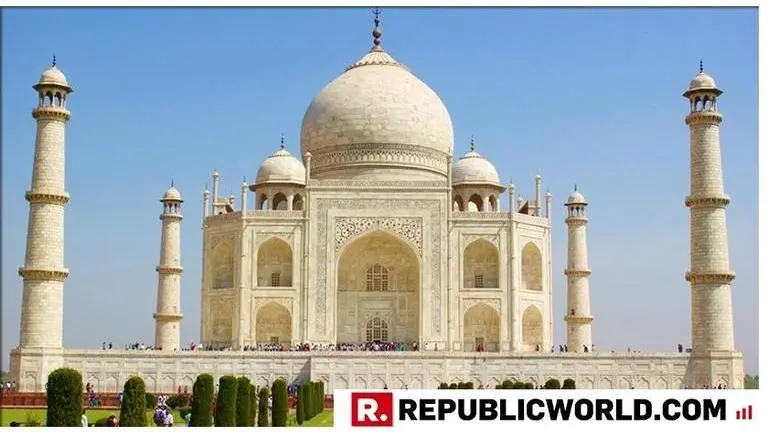Updated 16 June 2019 at 20:22 IST
Archaeological Survey of India to fine tourists exceeding 3-hour visiting limit at Taj Mahal. Details here
Earlier this week, the Archaeological Survey of India (ASI) has issued a circular stating that visitors who spend more than three hours at the Taj Mahal will now be charged an additional fee.
- India News
- 3 min read

Gone are the days when one could stare for hours at India's official wonder - the white (turning grey) marble tribute of Emperor Shah Jahan to his wife Maumtaz's memory - Taj Mahal.
Earlier this week, the Archaeological Survey of India (ASI) has issued a circular stating that visitors who spend more than three hours at the Taj Mahal will now be charged an additional fee.
Speaking to reporters, Basant Kumar, superintendent at ASI has revealed that turnstile gates have also been introduced to prohibit unauthorized entry into the monument.
"7 turnstile gates have been installed at both the East and West entry point. 5 gates are for the exit. For the entry of foreign tourists, there are separate gates. Entry is only through token which is valid for three hours, exceeding which, a visitor is required to recharge it at the counter at the exit gates," he said.
As per earlier records, the visiting hours were not bound by any time limit from opening time (30 minutes before Sunrise) to closing time (30 minutes before sunset).
Advertisement
Supreme Court To UP Government: File Vision Document For Preservation Of Taj Mahal Within Four Weeks
This has caused a major uproar among Indian and foreign tourists, many citing that this would discourage tourism and decline revenue.
Advertisement
Speaking to ANI, Mohammad Mustafa Hussain, a tourist from Hyderabad, said, "A person comes here for relaxation and to spend some time. If the sightseeing is limited to three hours and the charges are so much then anyone will think twice before coming here."
The monument is already facing severe stress due to the effects of acid rain which has caused the discolouration of Taj Mahal's marble structure. In February, the Supreme Court had slammed the Uttar Pradesh government for poor maintenance of the Taj Mahal.
Earlier, the government had quoted the Archaeological Survey of India (ASI):
"Pollutants from various sources have been superficially depositing on the marble surface of Taj Mahal as particulate matters and due to the scattering of light by these particles, the marble surface of Taj Mahal appears to have changed in colour".
While there exists a 'Taj Trapezium Zone' where strict emission rules exist, implementation of the rules is lacking, causing further deterioration of the mausoleum.
Published By : Suchitra Karthikeyan
Published On: 16 June 2019 at 20:04 IST
